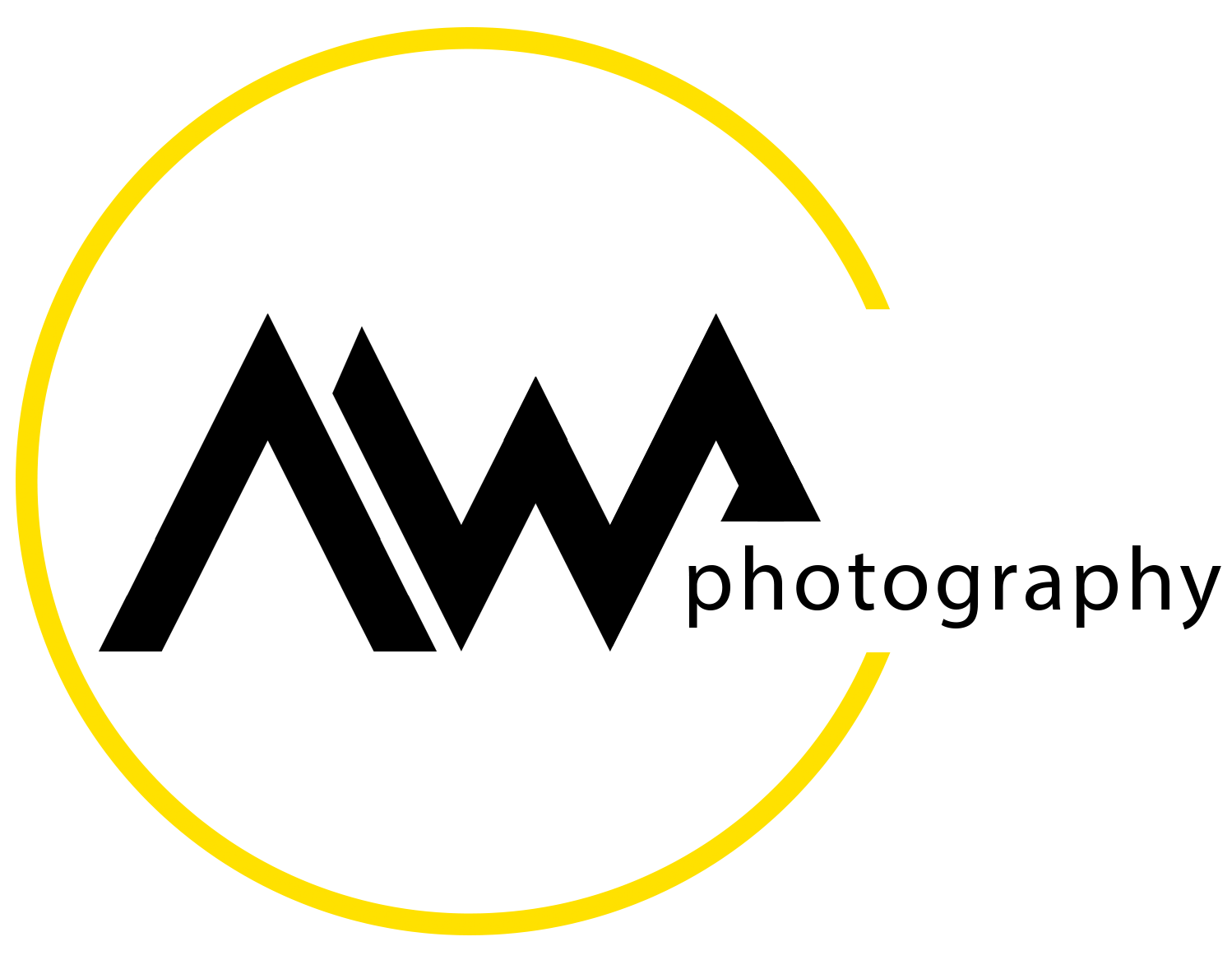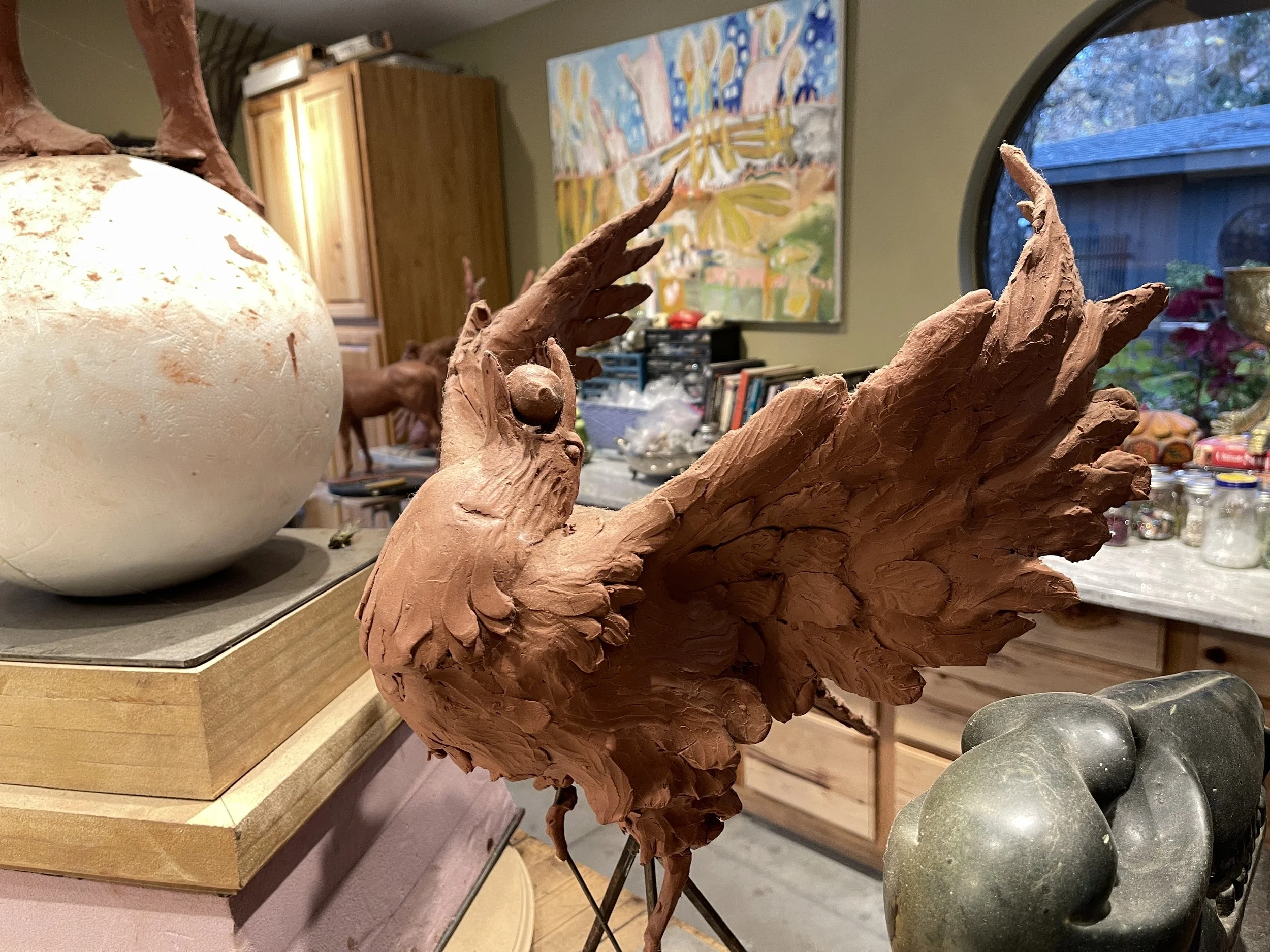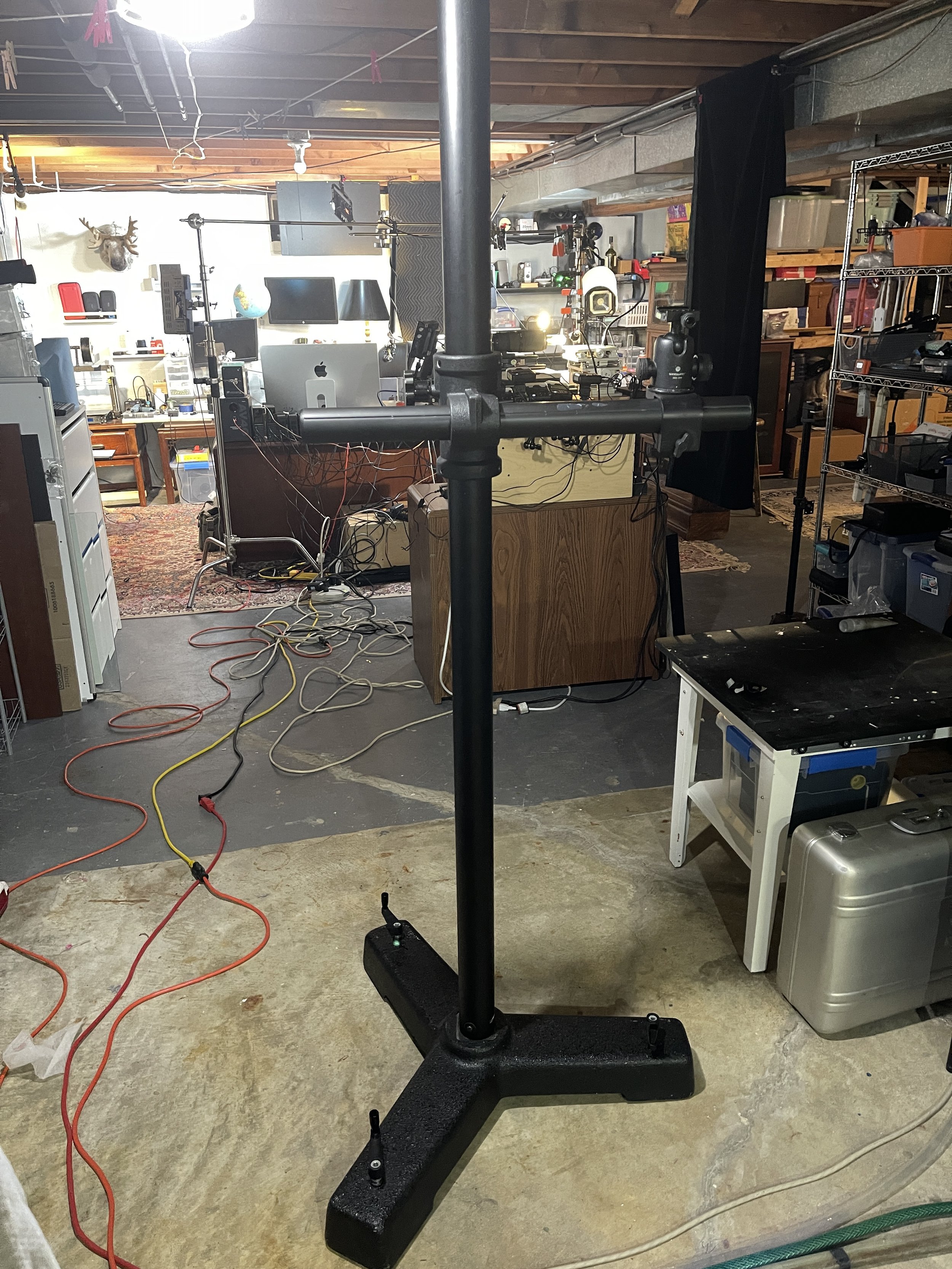Contests, Auctions, & Microscopes
/It is Monday, November 4th, 2024, and another Macro Photography Competition is over. In October you were challenged to capture an “Intimate Insect” image, and I was looking forward to judging this contest with the help of my good friend Bud Perrot. But due to circumstances beyond our control, Bud was not able to get free and I found myself scrambling to find a guest judge who had not submitted an entry to the competition but was able to give up several hours to do the judging over a weekend. As luck would have it, I had made arrangements to spend a good part of the weekend working on a collaborative project with internationally acclaimed artist and sculptor, Lonnie E. Stewart. While I am not at liberty to discuss the specifics of what we are working on, I can tell you that it involves an entirely unique perspective on insects in art.
Artist and sculptor, Lonnie Stewart, at work in his studio
The idea to ask Mr. Stewart to be the guest judge for this competition came to me while we were working and I had asked if he would consider doing it before I had really thought it through - bear in mind that this artist has sculpted Presidents, Princesses, and Popes in a career spanning decades. His work is in the Vatican, Buckingham Palace, and museums on several continents. On the worktable at which we stood sat a bronze bust of Albert Einstein, with a bemused gaze fixed on the bottom half of a US President seated on a nearly complete horse, towering over us and almost touching the warehouse roof. But I had not thought it through, and before the impertinence of my request could sink in, Lonnie cheerfully agreed to judge the contest.
found on Lonnie stewart’s bookshelves
Sadly, it was too late to make the necessary arrangements to record the judging process on video, and I would go on to do that myself, later that evening, but I can tell you that his reaction to many of your photographs was priceless. He told me that he was quite unprepared for the creativity and technical excellence of the entries and he seemed to enjoy the process immensely, going back and forth through the entries and trying to settle on a final order. I offered a few comments on several entries, but I mostly sat by and watched the real artist in the room absorb your work.
After several hours of careful deliberation we came to the conclusion that there would be eleven placed images, with a tie for second place, and a total of seven honorable mentions. I am not going to spoil the surprise and you will need to watch the results video, which will be posted to YouTube later today, to see the winning entries. I am completely in agreement with the final order of entries and was thrilled to be a part of this unplanned event.
But this competition was only one of the remarkable features of my last two weeks. High on the list of exciting developments during this fortnight was the acquisition of a new microscope - something I have been struggling with for a few years. As many of you know, I have been looking for a quality used microscope for a long time.
Nikon Diaphot-200 inverted Phse contrast microscope
My search has been punctuated by a series of disappointments and close calls. The sad reality of purchasing equipment like a microscope on the used market is that there a very few options that meet both of my key criteria - high quality and affordability. I was beginning to believe that a Venn diagram describing the used microscope market had one circle for “High Quality” and one circle for “Affordable” but no intersection of the two. It was only with the tireless persistence of my friend Robert Wester that I was finally able to see where the two circles did overlap. Robert introduced me to the Government Surplus Auction a few years ago and since then I have been slowly learning how to take advantage of these events. Let me explain.
When businesses go into liquidation, when institutions need to update older equipment, and when individuals forfeit assets for running afoul of Government regulations, there frequently results a large stockpile of surplus assets. For the universities or Government agencies left holding these assets, the no-longer needed equipment and supplies become a liability, requiring storage facilities and personnel to run them. They become highly motivated sellers whose primary concern is getting rid of equipment they have no use for. And this creates a unique opportunity for individuals and companies who can use these assets. The system used by institutions trying to clear out this surplus is the Government Public Surplus Auction. Managed by organizations that have grown into this niche, these are no-frills, fire-sale auctions that are designed to move all of these assets out of expensive storage and into the homes and businesses of private individuals. And this can be a veritable goldmine for anyone who is in the market for what the Government is trying to liquidate.
My messy studio and the rebuilt Cambo stand
These surplus auctions are the embodiment of the old saw, “One man’s trash is another man’s treasure”. But there is a trade-off in terms of convenience and comfort, as these sales are conducted with absolutely no consideration to customer service. Each auction comes with its own set of complicated and rigid rules, payment requirements, and pick-up arrangements. As a purchaser, you are assuming all the liability as these lots are sold “as is” and “where is”. You may be buying junk, and you don’t get to change your mind or take it back. You have to pay for your winning bids immediately, and usually have 5-7 days in which to pick up your purchase. If you fail to collect your purchases, they are forfeited and re-listed in another auction - you don’t get a refund. If you fail to pay within the strict timeframe you are likely to be banned from using these auction websites in the future. So there is risk. But if you are willing to jump through all the hoops, follow the instructions to the letter, and drive to the pickup location with the people and equipment needed to load and transport it (don’t even think about asking for help from the seller!) then you can walk away with some pretty amazing bargains.
another view of the diaphot
In the last two weeks I have bid on and won two auctions. The first was a Cambo camera stand, the type used in product photography studios, that retails for around $4,500 today. The item I bought required a thorough cleaning and replacement of a cable that supports the counterweight. Two hours of work and about $20 of parts was all it took to restore my $100 Dutch import Cambo camera stand to showroom perfection. My other purchase was a Nikon Diaphot-200 Inverted Phase Contrast research grade microscope with four objectives and a phase contrast condenser, in full working condition. This microscope is no longer made but sells on the used market for several thousand dollars, in comparable condition. I have seen them for $2,000 in untested condition and without eye-pieces or objectives, and I have seen them selling for $8,000 fully equipped. I paid a total of $211 for mine. And by sheer luck, the microscope is a two hour drive from my home, at the university where it has been since it was bought new, several years ago.
tiger beetle
I am going to share with you everything I have learned about the Government Surplus Public Auction in my Livestream this Tuesday. This is a departure from the usual format of Macro Talk, but I think it could be very useful for anyone looking for this kind of opportunity. I will show you where to find these auctions, how to interpret the various rules and requirements, as well as how to register, place a bid, and complete a purchase. I will share all the dos and don’ts that I have learned and give you some valuable advice on how to win your auction with a minimum of stress or fuss. The stream can be found here - https://youtube.com/live/HLenbBnWQUM?feature=share
As you can imagine, I have learned a lot about microscopes in the years I have been searching for the right instrument and I though that this would be the perfect opportunity to go over all that I have discovered with you. So on Thursday’s Macro Talk Too I will tell you everything you need to know to choose the microscope that will be right for you, as a macro photographer. I will discuss the various types of microscope, the best brands to look for, the feature sets that you will probably want to look for, and much more. By the end of Thursday’s stream you should have everything you need to make the best decisions when looking for your own microscope. The stream can be found by following this link - https://youtube.com/live/4aDafsYR-hY?feature=share
If you are one of those wonderful human beings who has stepped up to support my work by joining Patreon (https://www.patreon.com/allanwallsphotography), you should plan on joining me for this Saturday’s two-hour Pzoom meeting. This is a private event, a face-to-face zoom meeting that I do for my Patreon Supporters every other Saturday morning. This week we will be taking a closer look at the new microscope and talking about how to set up the perfect macro photography studio/lab space, as well as regular features like Introductions and the new Interpretations.
If you did not get to attend the most recent “AfterStack”, Episode 9, at the weekend, you really should watch the recording. We took a very close look at the all-important Clone Stamp Tool in Photoshop and uncovered all the hidden features that make this the most powerful and versatile tool in my Photoshop toolbox. You can watch the recording by clicking on this video link - https://youtu.be/H-XCbX7ZHEI?si=64yeyMMfO_C16k4c
Finally, here are a few links to the various pieces of studio equipment I talked about this week. Note that some of these links are Amazon Affiliate links, for which I may make a little money when you make a qualifying purchase on Amazon.
My new favorite bendy arm lights - https://amzn.to/3UB6Z4L
I don’t know how I ever got by without one of these high power USB power blocks - invaluable on the macro platform! https://amzn.to/48BS1RI
My most sincere thanks to Dr. Susan Seaford for her incredibly generous contribution of the new 90MM 2X macro lens from Laowa - what a treat ! - https://amzn.to/4f9Hxvb
This is my favorite linear polarizing material from K&F - it is a little more expensive but well worth it - https://amzn.to/48E9F7w
The CPL I use for all my cross polarization is the unmatched Hoya NXT - it is not nearly as costly as some other name brands, but very high quality - https://amzn.to/48E9F7w
That is all I have this week - congratulations to the winners of the competition! Well deserved!!!
Hope to see you during the week!
Allan



















